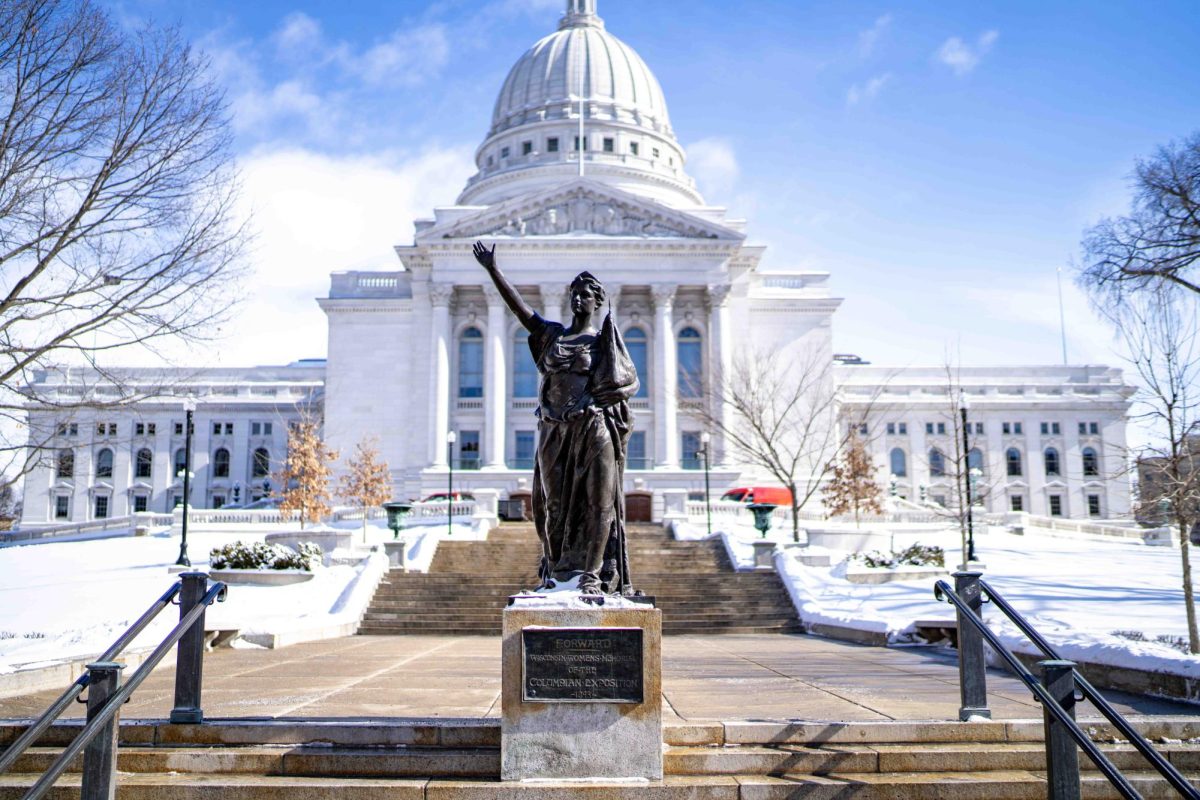Gov. Tony Evers announced a massive corrections overhaul that would completely change the structure of Wisconsin’s prison system. His proposed plan carries a price tag of $535 million and aims to convert and close prisons and juvenile facilities across the state, according to Wisconsin Public Radio. The proposal also aims to create new avenues for prisoners to rehabilitate and reenter society as productive and reformed individuals.
Evers has described his plan as a “domino series” of facility changes, where one step of his plan needs to be carried out at a time to create a harmonious execution. The first step would be to convert the Lincoln Hills and Copper Lake Schools juvenile facilities into 500-bed medium security facilities, and also to build a new juvenile facility in Dane County. The juvenile facility would then take on the individuals who move out of Lincoln Hills and Copper Lake Schools.
The second phase would be to convert the Stanley Correctional Institution in Chippewa County into a maximum security prison, as well as the Grow Academy in Oregon, Wisconsin.
Thirdly, Evers’ most expensive part of his plan would begin. $245.3 million would be used to completely transform the Waupun Correctional Institution, one that has faced numerous issues including severe staff shortages and inmate deaths, according to WPR. This facility would be turned into a medium-security “vocational village” which would offer workforce training to inmates. The facility would allow incarcerated individuals to learn trades or receive technical training, aimed to help them find employment once they are out of prison.
Department of Corrections Secretary Jared Hoy has expressed his support for this plan, saying that programs such as the one at the Waupun facility would help to reduce recidivism and could help individuals easily transition into Wisconsin’s labor workforce, according to WPR.
The final step of Evers’ plan is to close the Green Bay Correctional Institution, expand the Sanger B. Powers Correctional Center in Hobart and transform John Burke Correctional Center in Waupun.
The plan also aims to help incarcerated people with nonviolent charges who have fewer than four years left in their sentence earn early release through substance use treatment or job training programs. It is estimated that this new program would move 2,500 people out of the prison system over the next two years and ultimately save taxpayers around $40,000 per person a year, according to Evers.
Wisconsin overall has an above-average incarceration rate, according to the Wisconsin Policy Forum. The rate is so high partially because of probation violations, many of which are tied to substance abuse, according to the Badger Institute. By helping individuals get treatment and take part in substance use treatment, the Wisconsin prison system can help individuals get the aid they need and lower recidivism levels.
Evers usually has ambitious plans and pieces of legislation, and the Republican-controlled legislature often serves as a roadblock. In this case, while there are disagreements over Evers’ plan, it appears as if there is at least a chance of achieving common ground and creating tangible change in the prison system.
Rep. Robin Vos, R-Rochester, and Sen. Van Wanggaard, R-Racine, have voiced their concerns about Evers’ plan while also expressing their belief they could reach a middle ground. Both individuals are wary since many individuals would be getting out of prison, with Vos labeling them as “dangerous criminals” and Wanggaard as “felons,” according to WPR.
But, both Republicans did express some degree of optimism and are open to the idea of finding a policy compromise that would help revamp the prison system. It comes as no surprise that Evers and the Republican-controlled legislature will clash over plans, but Republicans suggesting that common ground is within reach creates hope for a future compromise.
At the end of the day, while they have varying visions on how to get there, Democrats and Republicans both recognize that the Wisconsin prison system needs to be reformed. But, it seems as though many Republicans are more focused on keeping potentially violent individuals incarcerated while Democrats are focused on rehabilitating and reforming those in prison.
They need to work to find common ground here, likely with the review of each incarcerated individual before they are released from prison. Offering job training and substance treatment programs for incarcerated individuals is a great way to help prepare them to reenter society.
It is important to note that those eligible for early release through job training or substance use programs are nonviolent offenders who have less than four years left in their sentence. Therefore, individuals who may be up for early release have already served prison time, did not commit violent crimes and are making an effort to better themselves so that they can reenter society and avoid recidivism. This program is not made to allow felons or dangerous individuals to reenter society or avoid serving their full sentence — it is tailored to helping incarcerated individuals turn their lives around and contribute to society.
Many have forgotten that the real goal of the American prison system is to rehabilitate individuals and get them the help that they need so that they can reenter society — and Evers’ program is aiming to do just that.



